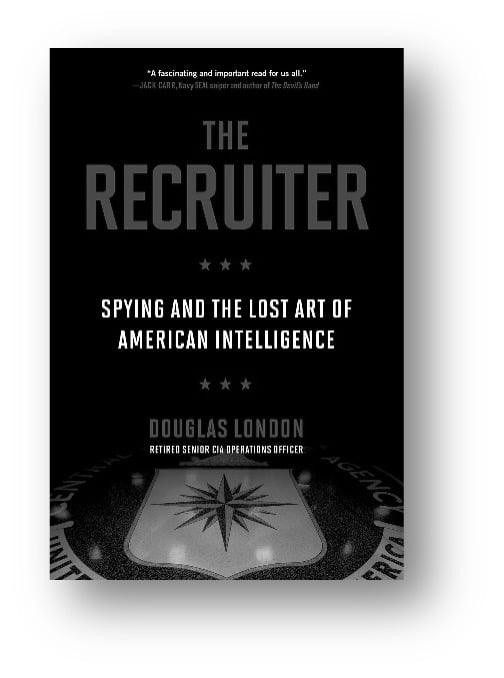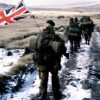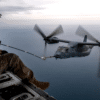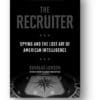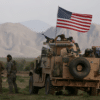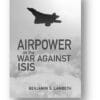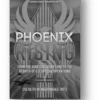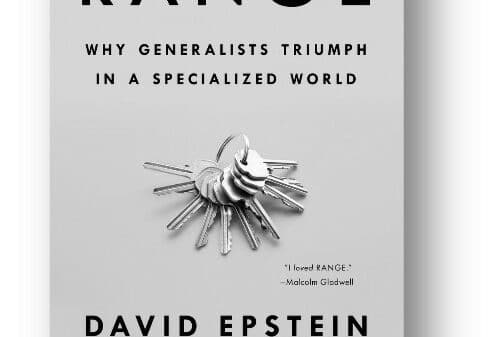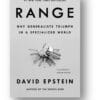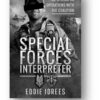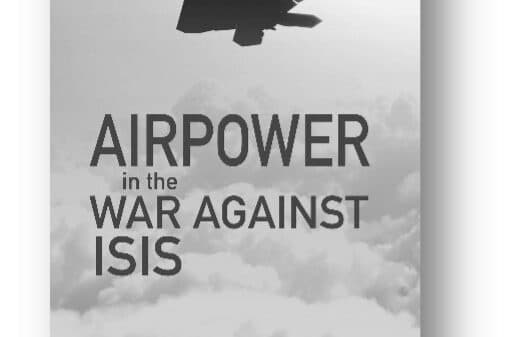978-0306847318, Hachette Books, September 2021, 432 pages, $16.00
Reviewed by: David P. Oakley, Joint Special Operations University, Tampa, Florida, USA
Doug London’s, The Recruiter: Spying and the Lost Art of American Intelligence, is an enjoyable read that multiple audiences will find entertaining and useful. The memoir chronicles the author’s CIA career that began during the bi-polar Cold War, when terrorism was a secondary concern (but rising) and ended in 2019 as the United States transitioned the bulk of its attention away from counterterrorism, the wars in Iraq and Afghanistan, and towards China, Russia, and other states. The book’s main theme is that, in the aftermath of 9/11, the CIA made certain decisions that not only took it off-course from its original purpose but also changed its organizational culture and identity. It is an engaging read, split into thirty-two short chapters, each providing insight into the life of a CIA case officer and the challenges he faced handling assets and navigating bureaucracy.
The greatest value of the book is in gaining the perspective of a seasoned professional with vast experience at the “pointy end of the sphere.” During his thirty-four years of service, the author experienced at least four significant transition points in CIA and U.S. national security history: 1) the waning years of the Cold War which included the CIA’s resurgence in the 1980s following the tumultuous 1970s; 2) the end of the Cold War and the 1990’s “peace dividend;” 3) 9/11 and the subsequent operational shift to the Global War of Terrorism and the wars in Iraq and Afghanistan; and 4) the initial “tilt towards the Pacific” and the subsequent focus on “strategic competition.” Although the book is not a history of these periods, the author provides numerous vignettes from his tenure that illuminate how one practitioner experienced these key transitions and how he observed them affecting his organization.
The author’s onboarding, training, and operational stories provide a glimpse into the life of a HUMINT officer and is reason enough to buy the book, but the book is not merely a pleasurable read for spy genre enthusiasts. The book also helps practitioners grapple with important leadership and ethical decisions, while simultaneously providing scholars with a better appreciation of the issues and challenges practitioners face. For example, the author’s self-criticism regarding his hesitancy to raise personal concerns about an asset’s emotional state is relevant for practitioners reflecting on their own professional and personal responsibilities. The numerous stories about leaders the author experienced throughout his career and how he navigated their idiosyncrasies are good vignettes for leadership courses designed to challenge students to consider how to approach different leadership styles and personalities. Although the book seems intended for a popular audience, there are elements of the book that scholars studying the CIA and other organizations will find informative. For example, the author’s view on certain CIA leaders points to the influence of individuals in shaping organizations. His personal insight into the post-9/11 cultural changes to the CIA highlights how external factors shape organizations. These institutional, psychological, and ideational explanations are useful for scholars trying to appreciate not only how the CIA has evolved, but why.[i]
Being a memoir, the book is often anecdotal and open to contestation by other CIA officers who served during the same period. This fact does not detract from the value of the book, both as a first-person account and a captivating read, but the reader should appreciate that this is a personal account and not an academic treatment of the topic. Although I thoroughly enjoyed the book, there are some areas where the author strides to do too much in a short space and drifts away from the theme of the book. For example, chapter 32’s discussion of counterterrorism policy is a lot to unpack in such a small chapter. The author undoubtedly has observed the failure of U.S. counterterrorism first-hand and has some great points, but it is impossible to cover such a complicated topic in a handful of pages.
Although the reader should appreciate this book is one practitioner’s experience and opinion and that experiences and opinions differ, it raises important considerations and is a worthwhile read for multiple audiences. The general population will enjoy the first-hand insight into an organization everyone has heard of but few outside truly know or understand. National security practitioners will appreciate the author’s reflective consideration of his career and the challenges he faced. Although other practitioners might disagree with some of the author’s views, they can probably identify with his ambivalence toward an organization that he loves but wants to improve. The scholar will appreciate the first-person account and observations from an officer who experienced the CIA during significant historical transition periods. No matter which category the reader falls within, all will gain a better appreciation of the challenges a CIA officer experiences by reading The Recruiter.
[i]Craig Parsons, How to Map Arguments in Political Science (Oxford, UK: Oxford University, 2007). See Parson’s for definitions of “institutional,” “psychological,” and “ideational.”
